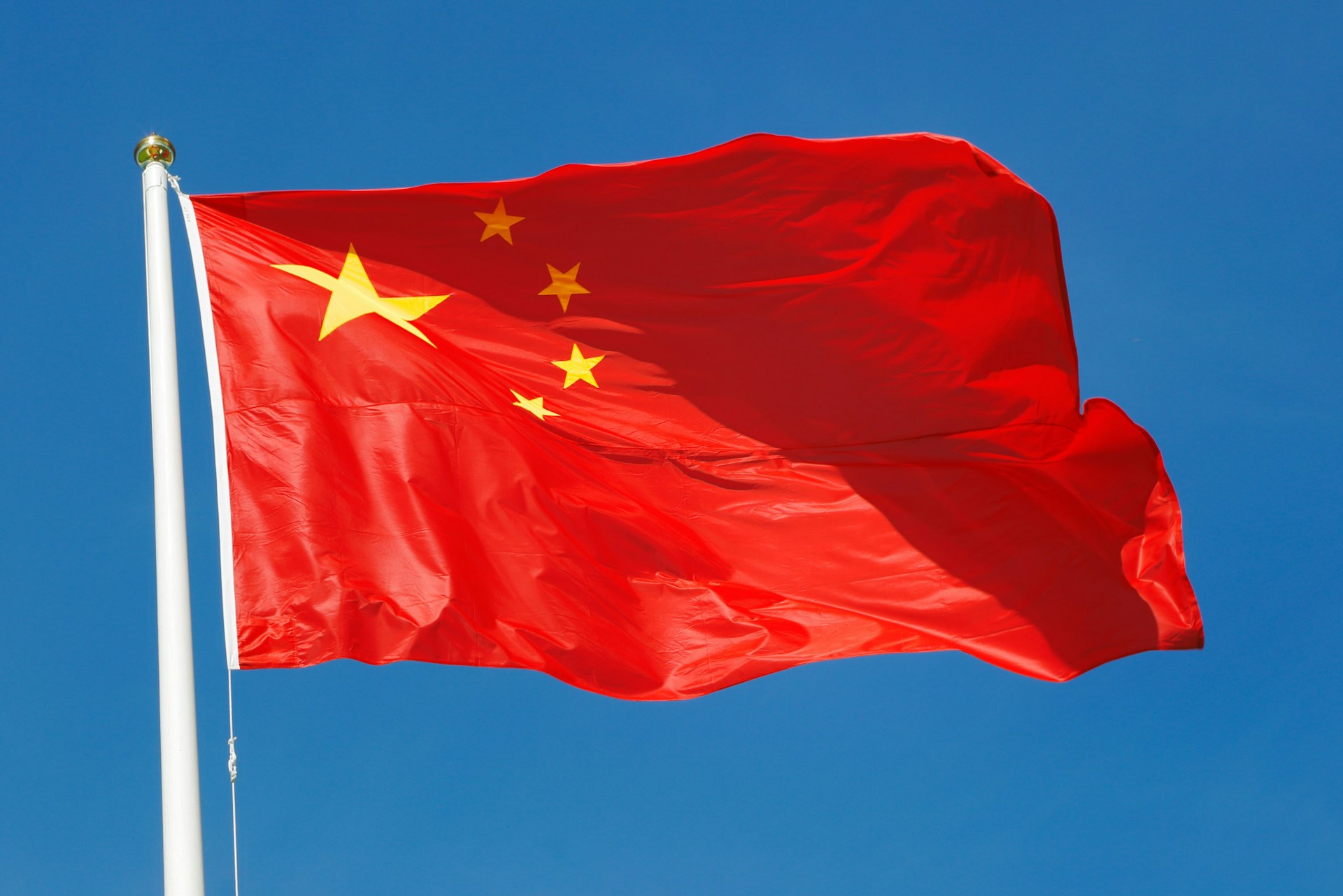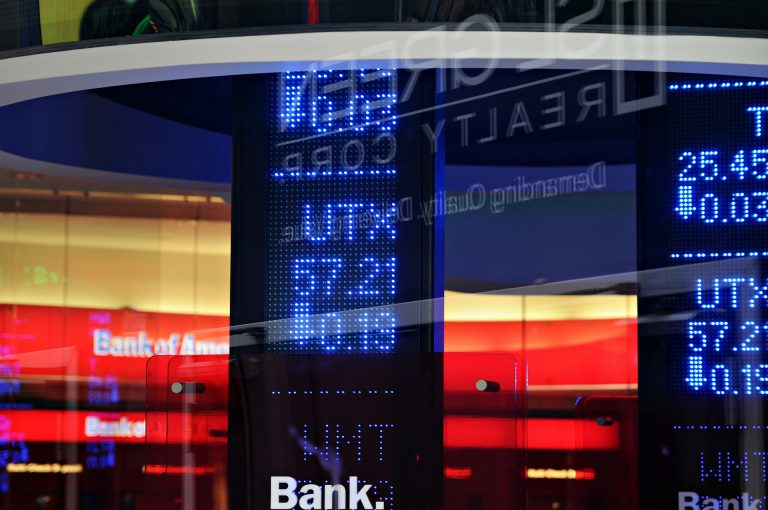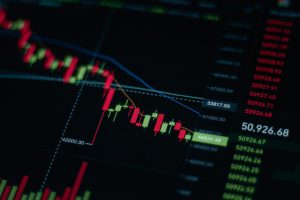China has reclaimed its position as Germany’s most important trading partner, displacing the United States from the top spot it briefly held. The shift is being driven by a combination of U.S. tariff policies under President Donald Trump and a massive influx of imports from the People’s Republic, a trend that experts are viewing with increasing concern.
A Shift in the Rankings
From January to August, goods traded between Germany and the United States totaled €162.8 billion. In that same period, trade with China reached €163.4 billion, according to calculations by the Reuters news agency based on data from the Federal Statistical Office. The U.S. had still been in the lead during the first half of the year. The U.S. only took the title from China in 2024, ending an eight-year streak where China held the top rank from 2016 to 2023.
Falling US Exports and Surging Chinese Imports
The change is attributed to two primary factors: declining German exports to the U.S. due to high tariffs, and a simultaneous surge in imports from China. In the first eight months of the year, German deliveries to the United States fell by 7.4 percent to €99.6 billion. “Undoubtedly, U.S. tariff and trade policy is a significant reason for the decline in sales,” said Dirk Jandura, president of the BGA foreign trade association. “Demand in the U.S. for classic German export goods—cars, machinery, chemicals—has fallen.” While there was slight growth in pharmaceuticals, IT, and electronics, it was not enough to offset the losses in these core sectors. Imports from the U.S. grew by 1.4 percent to €63.2 billion, resulting in the total trade volume of €162.8 billion.
The trade volume with China totaled €163.4 billion. German exports to China actually fell even more sharply than those to the U.S.—dropping 13.5 percent to €54.7 billion. This is partly because China now manufactures many goods it previously imported from Germany. However, this export deficit was overwhelmingly compensated by a massive 8.3 percent spike in imports from China, which rose to €108.8 billion.
Concerns Over “Price-Aggressive” Chinese Goods
“We are viewing the import boom from China with growing criticism,” said Jandura. “China is flooding the European market with price-aggressive products, often from state-subsidized overproduction.” This primarily affects batteries, machinery, metal products, and chemical precursors.
Economists from the major bank ING share this view. “The renewed import boom from China is worrying,” said ING Chief Economist Carsten Brzeski. “Especially since data shows that these imports are occurring at dumping prices.” He warned this not only increases Germany’s dependence on China but could also intensify pressure on key industries. “China has become a systemic competitor for many important German industrial sectors,” Brzeski stated. He also pointed to a “shift in Chinese trade away from the U.S. and toward the EU,” as President Trump has imposed particularly high tariffs on Chinese goods.
“Protectionism is Not a Strategy”
The BGA (Federation of German Wholesale, Foreign Trade, Services) is warning against reacting with higher trade barriers. “Protectionism is a reflex, not a strategy,” Jandura said. “Europe should not build walls, but rather invest in innovation, resilience, and diversification.” He called “Buy European” mandates short-sighted, arguing they would make contracts more expensive and burden taxpayers. “It would be better to sharpen quality requirements and strengthen market surveillance so that only products that meet our standards enter the EU,” Jandura urged.
He expects prices for many Chinese imports to continue falling. “China will keep trying to export its producer price deflation to Europe and the rest of the world,” Jandura said. “This intensifies competitive pressure on German companies both nationally and globally.” He concluded that this pressure makes it more urgent to finalize negotiated free trade agreements and pursue new ones, such as with India, Indonesia, Australia, or the Latin American Mercosur states.











